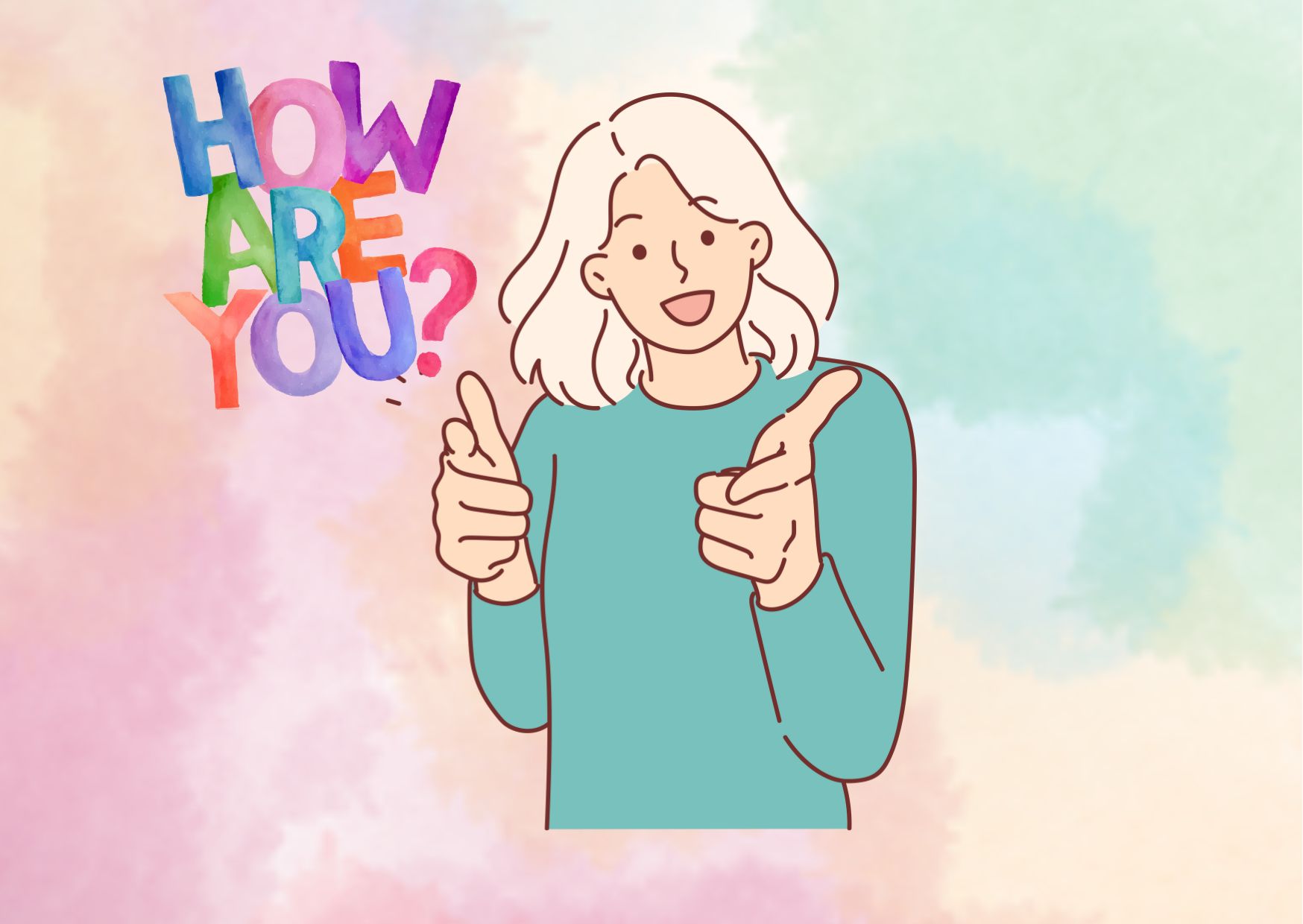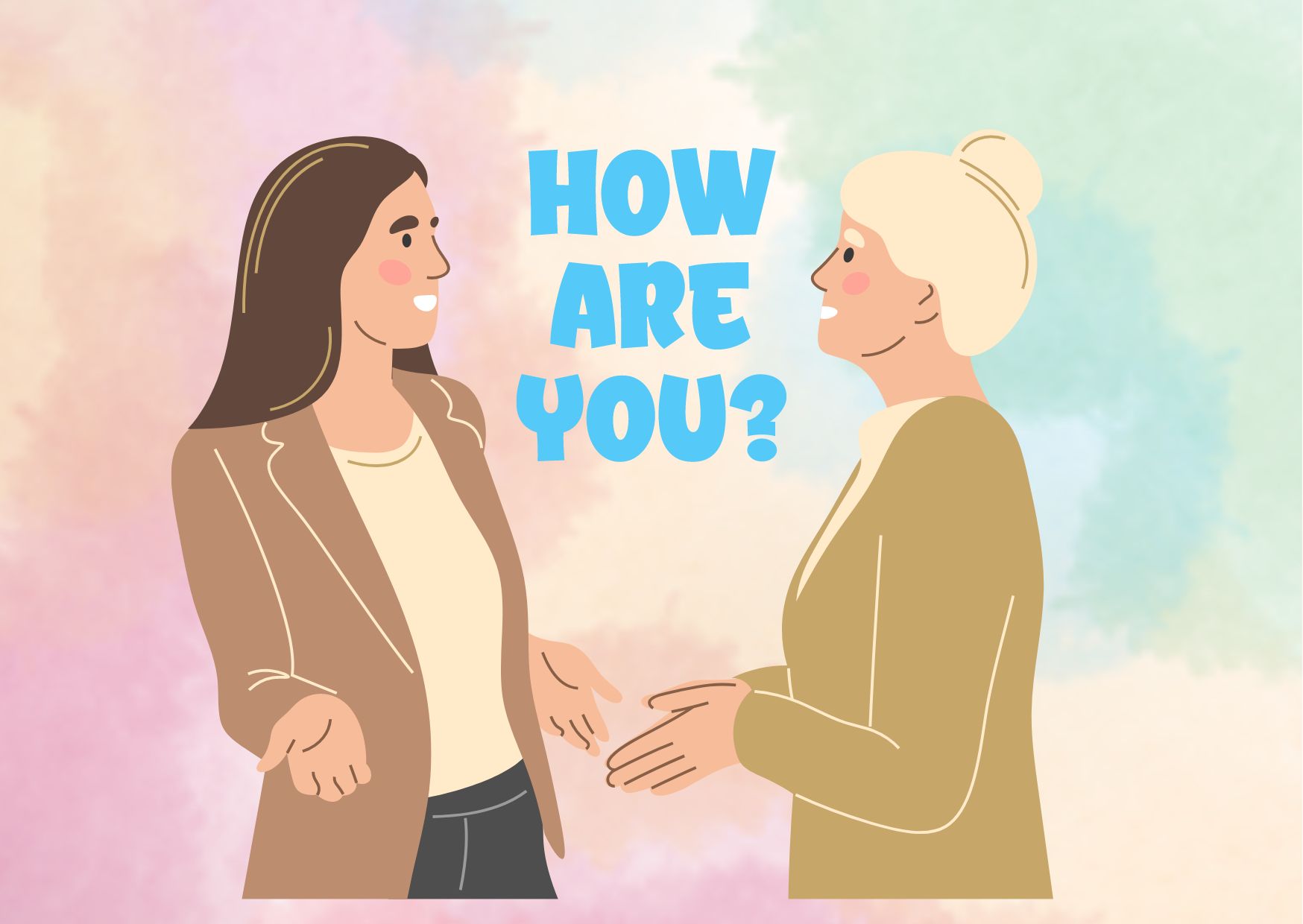How Are You: 50 Top Tips for Answering ‘How’s It Going’
“How are you?” and “How’s it going?” are common greetings often used to initiate conversations. While they may seem like simple pleasantries, responding thoughtfully can foster meaningful connections and positive interactions. Mastering the art of answering these inquiries can enhance your social and professional relationships.
This article delves into practical strategies for providing appropriate and engaging responses to “how are you” and its variants. It explores understanding context, tailoring replies to specific situations, injecting humor and casual tones when suitable, and navigating potential awkwardness. Additionally, it offers insights into using body language effectively and providing thoughtful answers that encourage further dialogue.
Understanding the Context
The seemingly innocuous question “How’s it going?” carries more nuance than it may initially appear. At its core, it serves as a casual greeting akin to “What’s up?” or the more straightforward “How are you?”. However, the intent behind this query and the appropriate response can vary based on the context and cultural norms.
The Intent Behind the Question
In many instances, “How’s it going?” is a social lubricant, a conversational starter rather than a genuine inquiry into one’s well-being. The asker may not necessarily expect an in-depth response detailing the minutiae of your day or existential musings. Instead, they anticipate a brief, noncommittal reply like “Good, you?” or “Can’t complain,” allowing the interaction to flow smoothly.
However, the context and the relationship between the individuals involved can transform this innocuous question into a genuine expression of concern. If a close friend leans in with a concerned look and asks, “Hey, how’s it going?”, it’s a clear invitation to share more than just pleasantries. They’re offering their undivided attention, signaling a willingness to listen beyond the standard “It’s all good.”
Cultural Nuances
Cultural backgrounds can also influence the interpretation and appropriate response to “How’s it going?”. In American English, it is often used as a casual greeting, similar to saying “Hi” or “Hello,” and may not necessarily require a detailed response about one’s well-being. A simple “Good, thanks” or “Fine, and you?” is generally sufficient unless the asker demonstrates genuine interest through their tone or body language.
In contrast, in some cultures, inquiring about someone’s well-being is a more genuine gesture, even among acquaintances or friends. For example, in Chinese, the phrase “你好吗” (nǐ hǎo ma, literally “Are you good?”) is typically a sincere inquiry, and a more detailed response about one’s state of mind or recent experiences is expected.
It’s essential to be attuned to these cultural nuances and to respond accordingly, neither dismissing the inquiry as a mere formality nor oversharing when a brief acknowledgment is expected. Observing the asker’s tone, body language, and the overall context can guide you in providing an appropriate and socially calibrated response.
Common Responses
When greeted with “How are you?” or “How’s it going?”, there are various common responses one can employ. These range from basic, succinct replies to more friendly and engaging ones.
Basic Responses
Sometimes, a simple, straightforward answer is appropriate, especially when interacting with acquaintances or in professional settings. Some common basic responses include:
- “I’m doing well!”
- “Not great.”
- “So-so.”
- “Eh, not the best day.”
- “I’ve been better.”
- “I guess it could be worse.”
- “Not awesome, but the day’s still young.”
- “I’m alive, so that’s good.”
These replies provide a brief, honest assessment without going into too much detail. They can be effective when you don’t want to engage in a lengthy conversation or when the asker is simply making polite small talk.
Friendly Responses
When interacting with friends, family, or in more casual settings, you may want to offer a more engaging response. These can help foster a sense of connection and open the door for further conversation. Some friendly responses include:
- “Pretty good. You?”
- “I’m okay. How about you?”
- “I’m well! How have you been?”
- “Alright, I suppose. How’s it going with you?”
- “I’ve been good. Thanks for asking!”
- “That’s so nice of you to ask! I’m doing alright.”
- “It’s been pretty busy here. Thank you for asking.”
- “How sweet of you 🥺 I’ve been okay, but I could use someone to talk to.”
These responses not only provide an update on your well-being but also invite the other person to share their own experiences. They can help maintain a friendly rapport and encourage further dialogue.
Additionally, you can add a personal touch or inject humor into your responses, such as “Some days you’re the bug, and some days you’re the windshield. Today, I’m the bug 😅” or “no… NO… YOURE ONE OF THEM!!!” (in a playful tone, of course). These types of responses can help lighten the mood and showcase your personality.
Personalized Replies
While basic and friendly responses can suffice in many situations, personalizing your reply can add a touch of warmth and authenticity to the interaction. Tailoring your response to the specific person or context demonstrates thoughtfulness and can foster a deeper connection.
When to Personalize
Personalizing your response is particularly appropriate in the following scenarios:
- Close Relationships: When interacting with close friends, family members, or significant others, a personalized reply can strengthen the bond and show that you value the relationship.
- Genuine Concern: If the asker’s tone or body language conveys genuine concern for your well-being, a personalized response acknowledging their care and providing a sincere update is often appreciated.
- Professional Settings: In certain professional contexts, such as client meetings or networking events, a personalized response can help establish rapport and a positive impression.
- Emotional Situations: When someone is going through a challenging time or experiencing a significant life event, a personalized reply that acknowledges their circumstances and offers support can be comforting.
Examples of Personalized Replies
Here are some examples of personalized replies that can add a personal touch to your interactions:
- “I’m doing alright, thanks for asking. It’s been a bit of a rollercoaster lately with [specific situation], but I’m hanging in there.”
- “You know me, always keeping busy! I’ve been working on [specific project or task] lately, and it’s been both exciting and challenging.”
- “I’m feeling a little overwhelmed, to be honest. [Specific person or situation] has been weighing on my mind, but talking about it helps.”
- “I’m doing great, thanks! I’m still riding the high from [specific positive event or achievement].”
- “It’s been a tough week, but your concern means a lot. I’m trying to stay positive and focus on [specific coping mechanism or goal].”
- “I’m feeling [specific emotion] today. [Specific situation or reason] has been on my mind, but I’m grateful for supportive people like you in my life.”
- “You know how it is with [specific shared experience or circumstance]. Some days are better than others, but I’m hanging in there.”
Remember, the key to a personalized reply is to tailor it to the specific individual and situation, while still maintaining an appropriate level of professionalism or casualness based on the context.
Suggestion for read: Good Morning Messages to Start Your Day Right
Humorous and Casual Responses
Using Humor Appropriately
While injecting humor into your responses can be an effective way to lighten the mood and showcase your personality, it’s crucial to strike the right balance and exercise discretion. The brand’s

